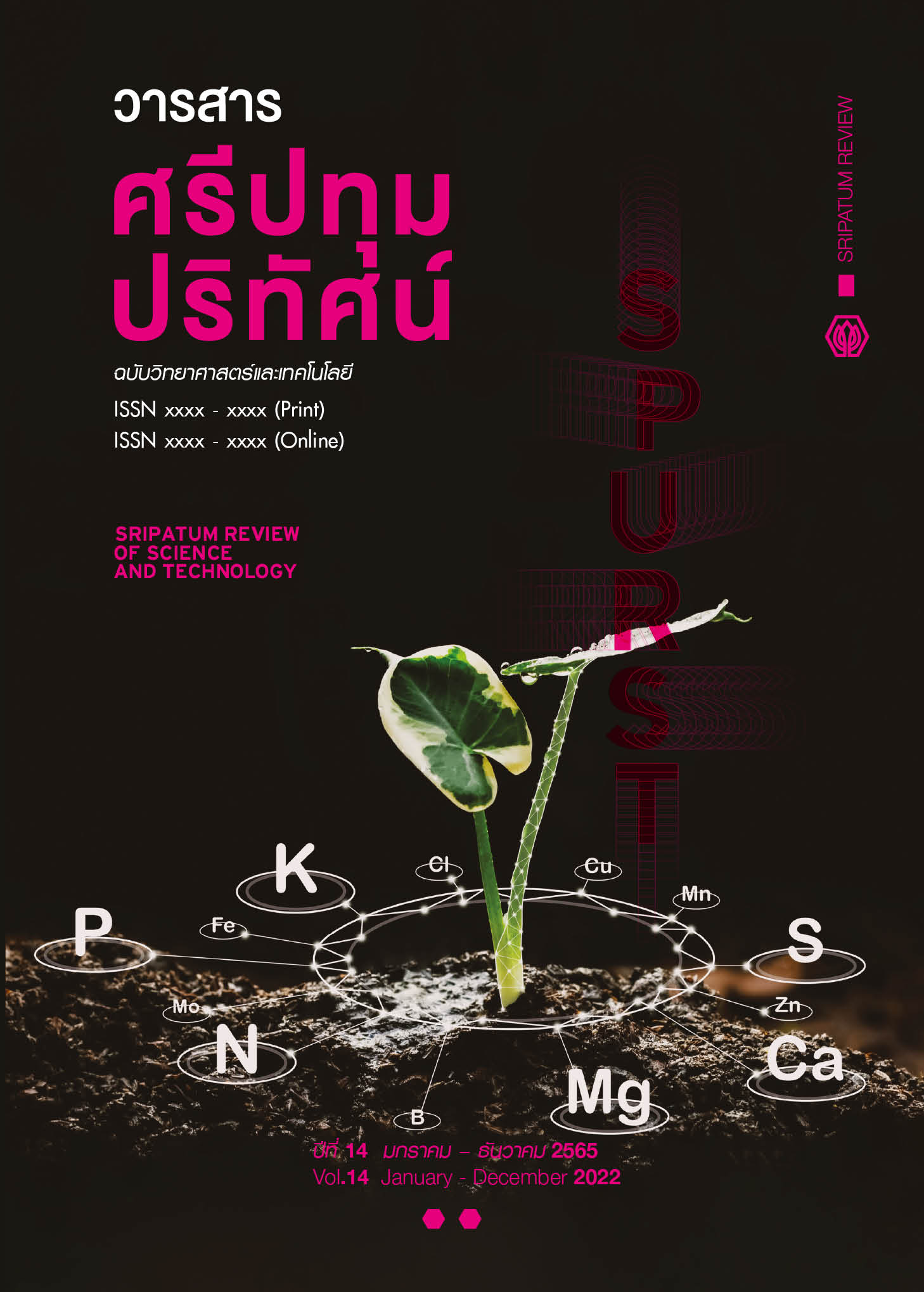The Study of Fiber Properties in Burial Conditions by Scanning Electron Microscope and Energy Dispersive X-ray Spectroscopy for Forensic Examination
Main Article Content
Abstract
The estimation of incident period for forensic examination depends on several factors. Evidence dynamics is of particular problem in the incident clarification. Evidences from the environment and clothing can be associated for more accurate and reliable examination. The aim of this research was to study the change of physical and chemical properties for the fabric fibers under simulated burial conditions using Scanning Electron Microscope and Energy Dispersive X-ray Spectroscopy (SEM/EDX) technique. Experimental research on the comparison study between natural fiber (cotton) and synthetic fiber (polyester) was performed. The selected fabric fibers were buried in different physical characteristics and acidity sandy loam soil at a depth of 500 mm and then recorded for a total period of 30 days. The results showed that peeling and tearing marks were physically observed in the cotton fibers. The fibers buried in acidic soil at different periods demonstrated a rough surface under SEM/EDX whereas polyester fibers were unable to be physically distinguished under tested conditions. From the chemical properties examination, the fabric fibers buried in soil at different periods were found to be significantly different at the 0.05 significance level. Therefore, it can be concluded that the cotton fiber is less durable than the polyester fiber. Moreover, the results can be used as a guideline for estimation of the burial period in order to support related scientific proof of evidence.
Article Details
References
Cardell, C. and Guerra, I. (2016). An overview of emerging hyphenated SEM-EDX and Raman spectroscopy systems: Applications in life, environmental and materials sciences. TrAC Trends in Analytical Chemistry, 77, 156-166.
Color, M. (1994). Munsell soil color charts, revised edition. New Windsor, New York: Macbeth Division of Kollmorgen Instruments Corporation.
Department of Land Development. (2010). 62 soil group series [Online]. Retrieved March 1, 2020, from: https://ldd.go.th/thaisoils_museum/62_soilgroup/main_62soilgroup.htm. (in Thai)
Gohl, E. and Vilensky, L. (1980). Textile science: An Explanation of Fibre Properties. Sydney, Australia: Longman Cheshire.
Gubala, J. and Kochan, R. (2000). The biodegradation of the fabric of soldiers’ uniforms. Science & Justice, 40(1), 15-20.
Komkleow, S., Whalley, A., Karnchanatat, A. and Sihanonth, P. (2014). Decomposition of cotton and polyester fabrics in soil and related fungi. Thesis of the Degree of Master of Science Program in Biotechnology. Bangkok: Chulalongkorn University. (in Thai)
Kozłowski, R. (2012). Identification of natural textile fibres. In Woodhead Publishing Series in Textiles (Eds). Handbook of Natural Fibres. (pp. 314-344). Australia: Woodhead Publishing.
Lowe, A. et al. (2013). The effect of soil texture on the degradation of textiles associated with buried bodies. Forensic Science International, 231, 331-339.
Mahacharoen, T. (2020). The Classification of Natural and Synthetic Fibers in Thailand for Forensic Purpose by Using Surface and Elemental Analysis from Scanning Electron Microscope/Energy Dispersive X-ray Spectroscopy. CRMA Journal, 18, 32-46. (in Thai)
Mitchell, J., Carra, D., Niven, B., Harrison, K. and Girvan, E. (2012). Physical and mechanical degradation of shirting fabrics in burial conditions. Forensic Science International, 222, 94-101.
Petherick, W., Turvey, B. and Ferguson, C. (2010). Forensic Criminology. London: Elsevier Academic Press.
Robertson, J., Roux C. and Wiggins, K. (1999). Forensic Examination of Fibres. London, UK: Taylor and Francis.
Ruangkasa, S. (2021). A Study of Physiological Structure and Element Composition of Fibers at Burial with Different pH Values. Journal of Applied Research on Science and Technology (JARST), 20(2), 2773-9473. (in Thai)
Suebpongsiri, S. (2015). Crime Reconstruction in Forensic Science Approach. Journal of Criminology and Forensic Science, 1, 7-16. (in Thai)
Tepdacha, W. (2013). A Study of physical and mechanical properties of fabrics within burial conditions. Thesis of the Master of Science Program in Forensic Science. Silpakorn University. (in Thai)
Ueland, M., Forbes, S. L., and Stuart, B. H. (2019). Understanding clothed buried remains: the analysis of decomposition fluids and their influence on clothing in model burial environments. Forensic Science, Medicine and Pathology, 15(1), 3-12.


